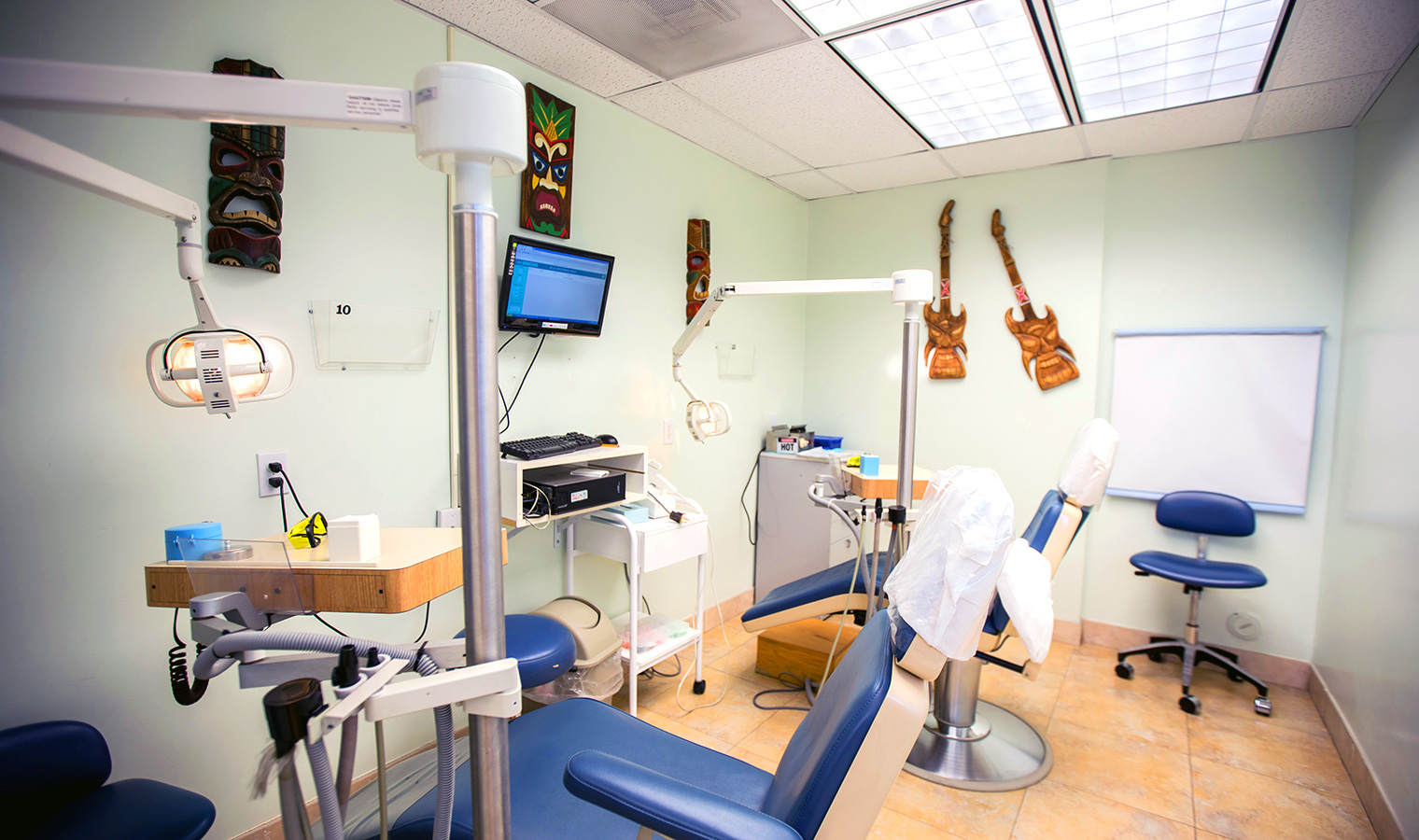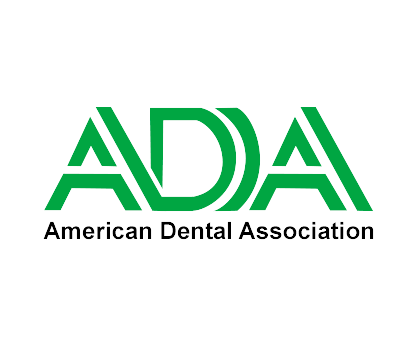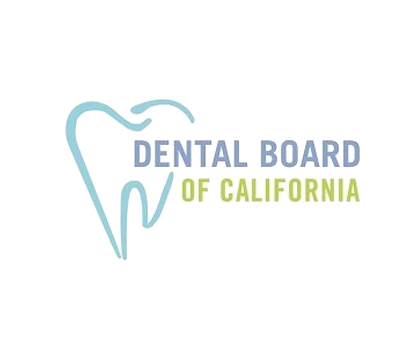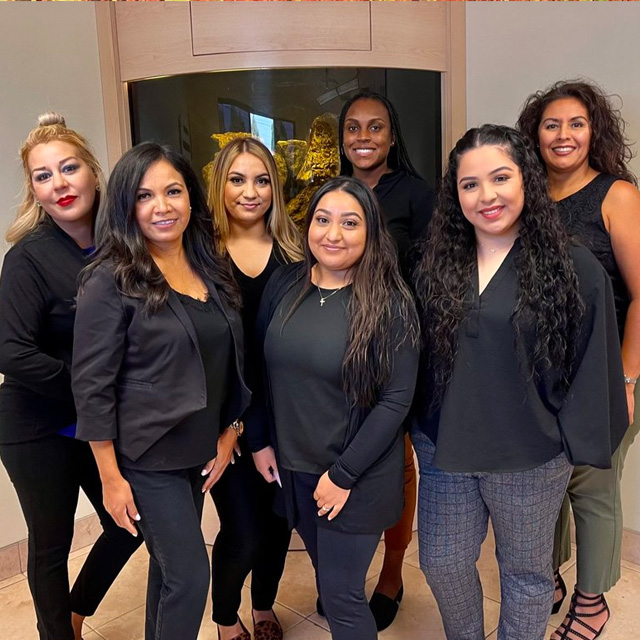Just like the crowns that grace the heads of kings and queens, dental crowns play a significant role in the realm of dentistry. They protect, strengthen, and restore the appearance of your teeth, ensuring your smile reigns supreme. But with so many types of crowns available, how do you know which one is the best fit for your pearly whites?
We have crafted this comprehensive guide to help you navigate the fascinating world of dental crowns. In this blog post, we will delve into the various materials, techniques, and benefits associated with each type of crown. We’ll also explore factors to consider when choosing the right crown for your specific needs, and share some expert tips on maintaining your newly crowned teeth.
What Materials Are Used to Make Dental Crowns?
Each material has its own unique set of advantages and considerations, so let’s break it down to help you choose the best option for your pearly whites.
-
Porcelain or Ceramic: Porcelain or ceramic crowns are the aristocrats of the dental crown world when it comes to aesthetics. They are crafted to mimic the color, translucency, and texture of natural teeth, making them a popular choice for those who desire a seamlessly beautiful smile. Porcelain crowns are ideal for front teeth restorations and for people with metal allergies.
-
Porcelain-Fused-to-Metal (PFM): Imagine a noble alliance between the beauty of porcelain and the strength of metal. That’s exactly what you get with PFM crowns. These crowns consist of a metal base topped with a porcelain layer, offering a balanced blend of durability and visual appeal. However, over time, the metal might peek through the porcelain, creating a dark line near the gum.
-
Gold or Base Metal Alloys: These crowns are the knights in shining armor of the dental world. Gold or base metal alloy crowns are robust, corrosion-resistant, and require less removal of tooth structure. They are a fantastic option for back teeth, where strength and durability are paramount. However, the metallic appearance might not be everyone’s cup of tea.
-
Zirconia: Zirconia crowns are like the crown jewels – they combine strength and beauty. Zirconia is an exceptionally durable material that can also be customized to match the color of your natural teeth. These crowns are suitable for both front and back teeth and are an excellent choice for those seeking an aesthetically pleasing and long-lasting restoration.
-
Composite Resin: Composite resin crowns are the minstrels of the dental crown realm – versatile, but not always the star of the show. These crowns are typically more affordable and can be color-matched to your existing teeth. However, they may not be as strong or long-lasting as their porcelain or metal counterparts, making them a better option for temporary crowns or when budget is a concern.
Now that you’ve been introduced to the various materials used in dental crowns, it’s easier to weigh the pros and cons of each type. Whether you’re seeking an aesthetically pleasing option or something that offers unparalleled strength, there’s a dental crown suited for your royal smile. Remember to consult your dentist, who will help you make an informed decision based on your unique dental needs and preferences.
Which is Better: Porcelain or Ceramic Crown?
The truth is, porcelain and ceramic crowns are often used interchangeably, as both provide excellent aesthetic results for dental restorations. Let’s dive a bit deeper into the similarities and differences between these two majestic materials, so you can make a well-informed decision for your smile.
Porcelain Crowns
Porcelain crowns, also known as all-ceramic crowns, are made from a glass-like material that closely resembles the appearance of natural teeth. These crowns offer exceptional translucency and color-matching abilities, making them an ideal choice for front teeth restorations or for those seeking a visually seamless outcome. However, they may not be as strong as other options, such as zirconia or metal crowns, making them less suitable for teeth that require more strength and durability, like molars.
Ceramic Crowns
Technically speaking, porcelain is a type of ceramic, which is why these terms are often used interchangeably. The main difference lies in the composition and production process. In some cases, ceramic crowns may include a blend of materials like zirconia, adding strength and durability to the crown. With advances in dental technology, modern ceramic crowns have become stronger and more resilient, making them a viable option for various dental restorations.
In summary, both porcelain and ceramic crowns can deliver outstanding aesthetic results, but their specific composition and strength may vary. When deciding between the two, it’s essential to consider factors like the location of the restoration, your bite, and your personal preferences. As always, your dentist is your most valuable resource in this royal quest for the perfect crown. They will evaluate your individual needs and recommend the most suitable option to ensure your smile remains radiant and regal.
Are Metal Crowns Cheaper Than Porcelain?
Yes, metal crowns are generally more affordable than porcelain crowns, but it’s important to consider other factors like durability, aesthetics, and individual dental needs before making your decision. Let’s explore the differences between metal and porcelain crowns to help you determine which option is the best investment for your royal smile.
Metal Crowns
Metal crowns, made from gold or base metal alloys, are known for their strength, durability, and longevity. They require less removal of tooth structure and are resistant to corrosion. These crowns are an excellent choice for back teeth, where the forces of chewing and grinding are most prominent. While they may be more budget-friendly than porcelain crowns, some patients may not prefer the metallic appearance in their mouth.
Porcelain Crowns
Porcelain crowns, on the other hand, offer an unmatched aesthetic appeal, as they closely resemble natural teeth. They can be color-matched to your existing teeth and provide a seamless appearance, making them a popular choice for visible teeth restorations. However, they tend to be more expensive than metal crowns and may not be as strong or long-lasting, especially for molars that endure significant chewing forces.
While metal crowns may be more affordable than porcelain crowns, it’s essential to weigh the pros and cons of each type based on your individual needs and preferences. Aesthetics, durability, and location of the restoration should all be taken into account when making your decision.
What is the Difference Between a Temporary and Permanent Crown?
The main difference between a temporary and permanent crown lies in their purpose, materials, and longevity. Temporary crowns are a short-term solution, while permanent crowns are designed for long-lasting dental restorations. Let’s explore these two types of crowns in more detail to understand their distinct roles in your royal dental journey.
Temporary Crowns
Temporary crowns are like the court jesters of the dental world – they entertain and protect while the real star of the show is being prepared. These crowns are placed to shield your prepared tooth between the initial tooth reduction appointment and the final placement of your permanent crown. Made from acrylic or composite materials, temporary crowns are designed to provide interim protection, comfort, and aesthetics while your custom permanent crown is being crafted in the dental lab. They are typically cemented with a temporary adhesive, making them easy to remove when it’s time to place your permanent crown.
Permanent Crowns
Permanent crowns are the true rulers of the dental kingdom – designed to serve and protect your tooth for many years to come. Crafted from materials like porcelain, ceramic, zirconia, or metal alloys, permanent crowns are custom-made to fit your tooth precisely and to match the color and shape of your surrounding teeth. They are bonded to your prepared tooth with strong dental cement, ensuring a secure and lasting restoration. With proper care and maintenance, permanent crowns can last anywhere from 10 to 15 years or even longer.
In essence, temporary crowns serve as a placeholder and provide interim protection, while permanent crowns are the final, long-lasting solution for restoring your tooth’s function and appearance.
Crowning Your Dental Journey: Schedule Your Appointment Today
We hope this comprehensive guide has given you more insight into the world of dental crowns, helping you better understand the materials, types, and considerations involved in choosing the perfect crown for your unique dental needs.
Schedule an appointment with our skilled dental professionals today to discuss your options, ask questions, and begin your journey towards a beautifully restored and regal smile. Your dental crown awaits – let us help you claim your throne with confidence and grace.
























